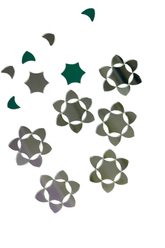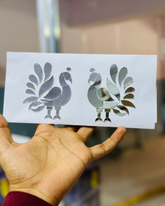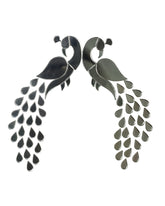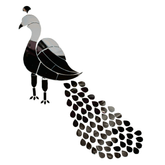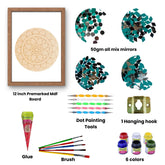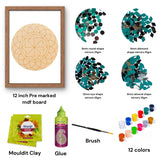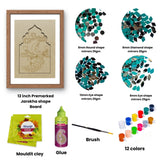Eco-Friendly Art: Sustainable Materials and Practices
As environmental awareness continues to grow, many artists are seeking ways to make their practices more eco-friendly. Embracing sustainable materials and methods not only reduces the environmental impact but also adds a unique and meaningful dimension to the artwork.
-
Why Eco-Friendly Art Matters
Eco-friendly art is important because it helps reduce the negative impact on the environment. By choosing sustainable materials and methods, artists can contribute to the conservation of natural resources, reduce waste, and promote a healthier planet. Moreover, eco-friendly art often tells a powerful story, raising awareness about environmental issues and inspiring others to take action.
-
Sustainable Materials for Eco-Friendly Art
Recycled Paper and Canvas
Using recycled paper and canvas is an excellent way to reduce waste and conserve resources. Recycled materials are often just as high-quality as new ones, making them a viable option for various art forms. Additionally, they add a unique texture and character to the artwork.
Natural and Organic Paints
Many traditional paints contain harmful chemicals and volatile organic compounds (VOCs) that can be detrimental to both health and the environment. Natural and organic paints are made from plant-based pigments, natural oils, and other eco-friendly ingredients, making them a safer and more sustainable choice.
Reclaimed Wood and Materials
Reclaimed wood and other materials sourced from old buildings, furniture, and other objects can be repurposed for art. These materials not only reduce the demand for new resources but also add a sense of history and uniqueness to the artwork.
Eco-Friendly Inks
Traditional inks can contain toxic chemicals that are harmful to the environment. Eco-friendly inks are made from natural ingredients and are biodegradable, making them a better option for artists who want to minimize their environmental footprint.
Plant-Based and Biodegradable Sculpting Materials
For sculptors, using plant-based and biodegradable materials can make a significant difference. Materials like clay, natural fibers, and biodegradable plastics provide sustainable alternatives to traditional sculpting materials.
-
Sustainable Practices in Art
Reducing Waste
One of the simplest ways to make art more eco-friendly is to reduce waste. Artists can achieve this by reusing materials, minimizing offcuts, and repurposing scraps. Additionally, artists can donate unused supplies to schools or community centers, ensuring that nothing goes to waste.
Energy-Efficient Studios
Creating an energy-efficient studio helps reduce the environmental impact of art production. This can be done by using energy-efficient lighting, proper insulation, and renewable energy sources such as solar panels. Artists can also adopt practices such as unplugging equipment when not in use and using natural light whenever possible.
Non-Toxic Cleaning Solutions
Many traditional cleaning solutions contain harsh chemicals that can be harmful to the environment. Artists can switch to non-toxic, biodegradable cleaning products to maintain a clean and healthy workspace without compromising on sustainability.
Ethical Sourcing
Ethical sourcing of materials ensures that they are obtained in a way that is fair and environmentally responsible. Artists can research and choose suppliers who prioritize sustainability, fair labor practices, and minimal environmental impact.
Promoting and Educating About Eco-Friendly Art
Artists can play a crucial role in promoting eco-friendly art by educating others about sustainable practices. This can be done through workshops, exhibitions, and social media platforms. By sharing knowledge and experiences, artists can inspire a broader community to embrace sustainability in their creative endeavors.
Conclusion
Embracing eco-friendly art is not only beneficial for the environment but also enhances the creativity and uniqueness of the artwork. By using sustainable materials and adopting environmentally responsible practices, artists can make a positive impact while creating beautiful and meaningful art.



